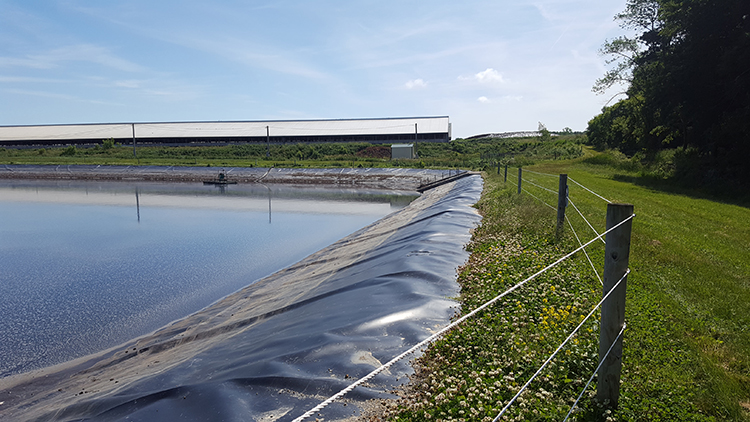
Earth Day is coming up on April 22, and its theme this year is “Restore Our Earth” . . . a goal that few meet as effectively as U.S. dairy farmers. Their livelihoods depend on healthy, vibrant ecosystems. Environmental stewardship in all its forms – promoting soil health, optimizing water use, improving water quality, and more – ensures farmers can keep farming for generations to come.
A few examples found among participants in the National Dairy Farmers Assuring Responsible Management (FARM) Program, dairy’s premier initiative to promote and enhance sustainability and social responsibility:
In Wrenshall, Minn., the Laveau family at Grandview Dairy relies on a diverse crop mix and land management systems like set-backs and buffers to prevent soil erosion and improve the farm’s sustainability.
In Okeechobee, Fla., the Rucks family at Milking R Dairy has implemented a variety of practices and technologies to improve water quality, such as a staged lagoon system. They also set aside close to 100 acres as a rainwater retention pond that prevents runoff and creates wildlife habitat to preserve native biodiversity.
In Williamsburg, Pa., Jim Biddle and his family at Mill Hill Farms benefit from his experience as a certified crop adviser by putting his knowledge of agronomy to good use. The farm uses no-till farming practices and a variety of cover crops to increase carbon sequestration and soil health. Like Milking R Dairy, they too have land set aside for wildlife habitat — theirs is just forested.
Despite differences in geography, technology, and management style, dairy farmers are unified by a core concept: Dairy farming is an inherently renewable cycle. Cows eat crops and by-products that humans cannot digest. They produce milk that nourishes people. And their manure provides nutrients to grow crops, starting the cycle again.
A big time story
Dairy has an excellent story to tell on Earth Day. But distilling the beneficial work already happening on the farm into straightforward measures to monitor progress and sharing dairy’s story with sometimes-skeptical consumers can be challenging. That’s where the FARM Environmental Stewardship (ES) Program comes in.
FARM ES quantifies a farm’s current environmental footprint – focusing on greenhouse gas emissions and energy – and tracks improvements over time. Dairy cooperatives and processors can aggregate that information to share farmers’ stories with supply chain customers and consumers.
Beyond providing external assurances, FARM ES data is useful for understanding progress and setting goals at the farm-level. FARM ES supports farmers with resources like the FARM ES Reference Manual that provides science-backed ideas and considerations for improving a farm’s footprint. The program also offers farmers the opportunity to compare their performance to regional and national averages, so farmers know where they stand and can set informed targets.
As an industry, U.S. dairy is constantly seeking opportunities to innovate and improve. To continue to do so, farmers need programs like FARM ES that offer valuable insights and resources, helping dairy farmers restore the land on Earth Day and every other day of the year.








